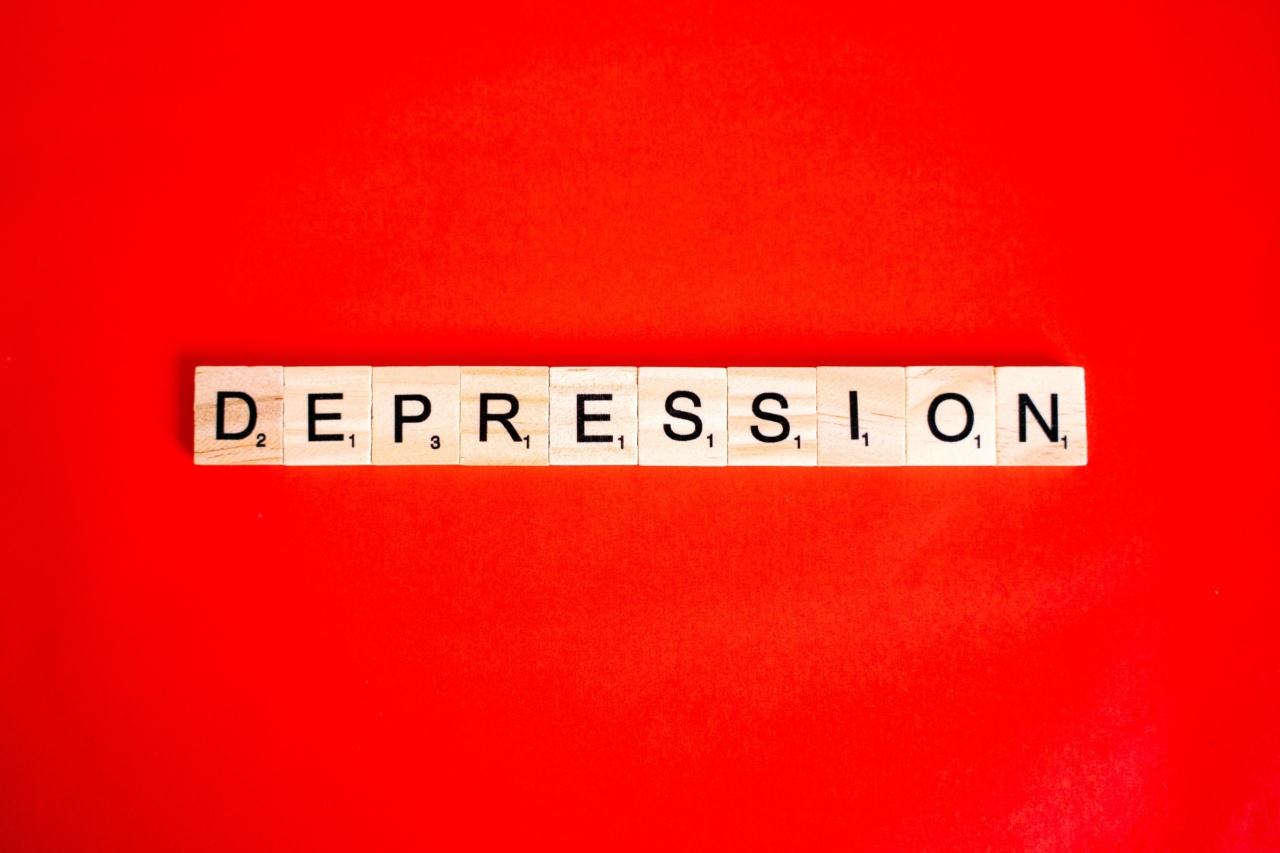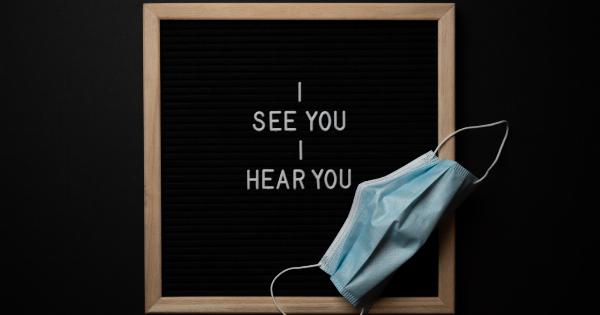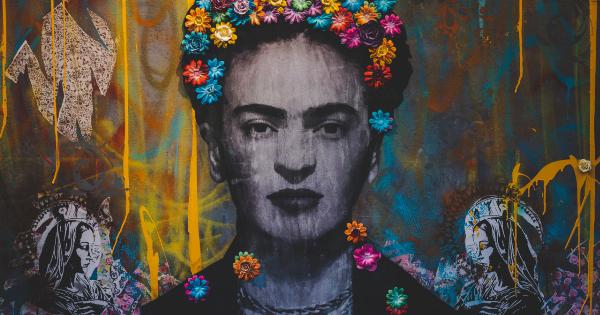Mental illnesses have always been a topic of controversy and taboo in society. While they have become increasingly recognized and accepted over time, there is still a prevalent stigma surrounding these illnesses.
This stigma can come from various sources, including the media, pop culture, and even literature. One particular medium that may contribute to the stigmatization of mental illnesses is graphic novels.
Mental Illness as a Trope in Graphic Novels
Graphic novels have gained an increasing readership in recent years, and the genre has become a powerful tool for storytelling. However, the representation of mental illnesses in graphic novels is often sensationalized, stereotypical, and inaccurate.
Mental illnesses are often used as a plot device, rather than being portrayed in a realistic manner. For example, characters with mental illnesses are often portrayed as dangerous or violent, perpetuating the harmful stereotype that people with mental illness are more likely to commit crimes.
This trope can also be seen in the portrayal of characters with dissociative identity disorder (DID), more commonly known as multiple personality disorder, who are often portrayed as dangerous or unpredictable.
The Portrayal of Mental Health Professionals in Graphic Novels
In addition to the representation of mental illness, graphic novels also often depict mental health professionals in a negative light. Psychologists, psychiatrists, and therapists are often portrayed as cold, detached, or even villainous.
They are sometimes depicted as harming their patients, either intentionally or unintentionally. This negative portrayal perpetuates the harmful stereotype that mental health professionals are not helpful or trustworthy.
The Effect on Readers
The stigmatization of mental illnesses in graphic novels can have a profound impact on readers, particularly those who have mental illnesses themselves. It can reinforce feelings of shame, isolation, and self-doubt.
It can also perpetuate the idea that mental illnesses are something to be feared or avoided, rather than treated. Furthermore, it can make it more difficult for people with mental illnesses to seek help, either because they fear being judged or because they believe that treatment is not effective.
The Importance of Accurate Representation
It is crucial that mental illnesses are accurately portrayed in graphic novels. This can help reduce the stigma and stereotypes that often characterize these illnesses.
Accurate representation can help readers better understand mental illnesses and the experiences of those who have them. This can, in turn, promote empathy and understanding, which are crucial in reducing the stigma.
The Role of Mental Health Professionals in Graphic Novels
Graphic novels have the potential to accurately depict mental health professionals and the work they do.
By portraying mental health professionals in a positive light, graphic novels can help reduce the stigma that often surrounds seeking help for mental illnesses. Additionally, accurate and positive portrayals can help readers better understand the role that mental health professionals play in treating mental illnesses.
The Importance of Diversity and Intersectionality
It is important to note that mental illnesses are not experienced in the same way by all individuals. Factors such as race, gender, sexual orientation, and socioeconomic status can all impact how mental illnesses are experienced and perceived.
Therefore, it is important that graphic novels portray mental illnesses in a way that reflects the diversity of experiences and identities that exist within the mental health community. This can help ensure that all individuals feel seen and heard.
The Potential for Change
While the stigmatization of mental illnesses in graphic novels is a significant issue, it is important to remember that change is possible.
As society becomes more aware of the damaging impact of stereotypes and stigma, there is an increasing demand for representation that is accurate, diverse, and inclusive. Graphic novelists have a unique opportunity to contribute to this movement by accurately portraying mental illnesses and promoting empathy and understanding.
Through representation that reflects the realities of mental illness and the experiences of those who have them, graphic novels can help reduce the stigmatization of mental illnesses and create a more inclusive society.
Conclusion
The stigmatization of mental illnesses in graphic novels is an issue that cannot be ignored.
However, by promoting accurate representation, diversity, and empathy, graphic novels have the potential to contribute to a more inclusive and understanding society. It is crucial that we continue to demand representation that is accurate, diverse, and inclusive, and that we hold creators accountable when they perpetuate harmful stereotypes and tropes.






























